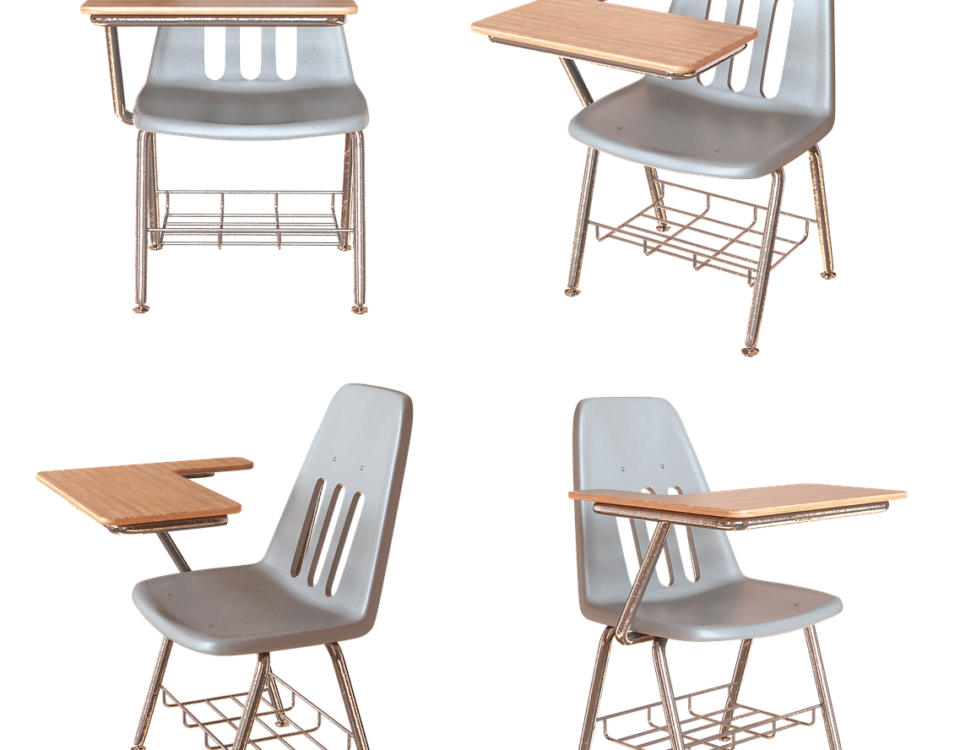Diverse Applications of Rapid Prototyping Across Industries

Fundamental Uses of Rapid Prototyping in Modern Manufacturing
February 11, 2025
Transformative Impact of Rapid Prototyping in Medical Applications
February 11, 2025Rapid Prototyping (RP) technology has revolutionized multiple sectors since its inception, leveraging its capacity to bridge the gap between computer-aided design (CAD) and computer-aided manufacturing (CAM). According to a 2001 survey by Wohlers Associates Inc., which included 14 RP system manufacturers and 43 service providers, rapid prototyping has found significant applications in various fields, with consumer goods and automotive industries accounting for over 50% of overall demand. Medical applications have seen rapid growth, while academic, aerospace, and military uses also represent a substantial portion of the market.
1. Automotive Industry
The automotive sector stands out for its substantial gains from rapid prototyping. Almost all renowned car manufacturers have adopted RP to accelerate the development of new models, achieving notable economic and time-saving benefits. Modern automotive production is characterized by its variety and rapid model turnovers, demanding frequent updates to meet diverse consumer demands. Although computer simulation technology has advanced, validating the physical appearance, installability, and removability of designs remains crucial. RP allows for the physical creation of complex part prototypes to verify designers’ concepts and conduct functional and assembly tests. For example, the prototype of a car’s radiator cover using stereolithography is shown in Figure 10-148.
The development of car engines often requires flow analysis experiments using transparent models, which show the flow of liquids within the engine’s cooling systems like cylinder heads and radiators. Traditional methods of creating these models are time-consuming and costly, whereas SLA technology can produce them in just 4 to 5 weeks at a fraction of the cost, with the prototypes meeting all CAD specifications for accuracy and surface quality.
2. Aerospace Industry
In aerospace, many components are produced in low volumes with high costs and extended timelines, making RP an ideal solution for testing and direct manufacturing. SLA models are directly employed for wind tunnel tests and manufacturability assessments. RP facilitates the assembly checks and manufacturability discussions of aerospace components, which are often confined to limited spaces. Technologies such as rapid investment casting and sand casting are used to produce complex parts like turbines and blades for engine testing.
3. Electrical Appliance Industry
As consumer demands evolve towards personalized lifestyles, there is a constant need for innovation in the electrical appliances sector. Changes in design and functionality necessitate rapid production of new housing components. Photopolymer-based RP is particularly suited to meet these demands due to its excellent material properties, suitable for electrical casing applications. Prototypes made from DSM’s SOMOS 11120 perform similarly to the final plastic parts, capable of undergoing machining processes like drilling and threading, which are essential for assembly testing.
4. Toy and Other Industries
Rapid Models & Prototypes, a model-making company, used FDM technology to create prototypes for Laramie Toys, such as water guns. This process integrates multiple parts into a single prototype, reducing the number of parts and assembly steps required, thereby increasing manufacturing efficiency. RP technology also finds applications in the creation of artistic sculptures, where intricate designs inspired by natural forms and mathematical structures can be visualized and modified more readily than traditional sculpting methods.
Conclusion
Rapid Prototyping has broad and impactful applications across various industries, significantly enhancing the development process by reducing design cycles, cost, and time to market. Its ability to produce accurate, functional prototypes quickly allows for iterative design improvements, ensuring products are optimized before reaching mass production. The integration of CAD with RP technologies continues to propel industries towards more dynamic and responsive manufacturing cycles, exemplifying how modern technology reshapes traditional manufacturing and design processes.


